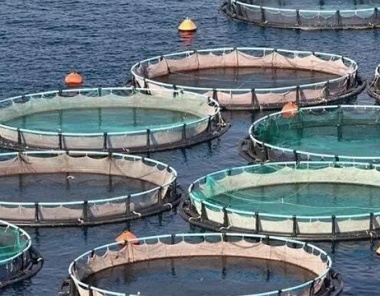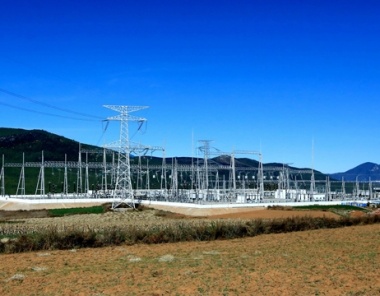Farming base
2025-07-11
Anti-drone systems for agricultural applications are becoming increasingly relevant as the use of drones in farming continues to grow. These systems can help protect crops from unauthorized surveillance, crop damage, or even the theft of sensitive agricultural data. Here are several aspects of anti-drone systems tailored for farming:
1. Detection Technologies
Radar Systems: Ground-based radar can detect drones in the vicinity of a farm, providing early warning of unauthorized drone activity.
RF Sensors: These devices can detect the radio frequency signals used by drones for communication and control, helping to identify their presence and location.
Optical Cameras: High-resolution cameras, sometimes combined with AI software, can visually identify and track drones in the airspace over a farm.
Thermal Imaging: This technology can be used to detect drones based on their heat signature, particularly useful during low-light conditions.
2. Interference Technologies
Jamming Devices: These can disrupt the communication signals between the drone and its operator, causing the drone to return to its home point or land safely.
Spoofing Systems: These devices can send false signals to the drone, tricking it into believing it is in a different location, which can lead it away from sensitive areas.
3. Physical Countermeasures
Net Guns: These devices can physically capture drones by shooting nets at them, bringing them down safely without causing damage to the drone or the surrounding environment.
Laser Systems: Some advanced systems use lasers to disable drones by damaging their sensors or electronic components.
4. Integration with Farm Management Systems
Data Analytics: Integrating anti-drone systems with farm management software can provide real-time data on drone activity and help farmers make informed decisions about their security measures.
Alerts and Notifications: Systems can be programmed to send alerts to farmers when unauthorized drones are detected, allowing for a swift response.
5. Legal and Regulatory Considerations
Compliance: Farmers must ensure that their anti-drone measures comply with local laws and regulations regarding drone use and airspace.
Privacy Concerns: The implementation of anti-drone technologies should be mindful of privacy rights and not interfere with legitimate drone operations.
6. Potential Benefits for Farmers
Crop Protection: By deterring or neutralizing unauthorized drones, farmers can protect their crops from potential damage or surveillance.
Data Security: Anti-drone systems can help safeguard sensitive agricultural data that may be collected by drones, including crop health information and yield predictions.
Enhanced Security: These systems can provide a layer of security against industrial espionage and theft of proprietary farming techniques.
7.Challenges and Considerations
Cost: The implementation of advanced anti-drone systems can be expensive, and farmers need to weigh the costs against potential benefits.
Effectiveness: The effectiveness of anti-drone measures can vary based on the technology used, the environment, and the sophistication of the drones being countered.
Training and Maintenance: Farmers and their staff may require training to operate and maintain anti-drone systems effectively.
In conclusion, as the agricultural sector continues to adopt drone technology for various purposes, anti-drone systems will play a crucial role in protecting farm operations from potential threats. The choice of technology will depend on the specific needs of the farm, the types of threats anticipated, and budgetary constraints.
← Prev Post
Next Post →
Related Info










